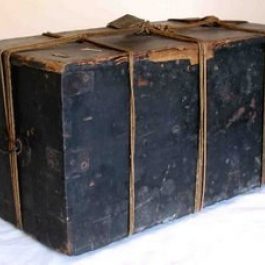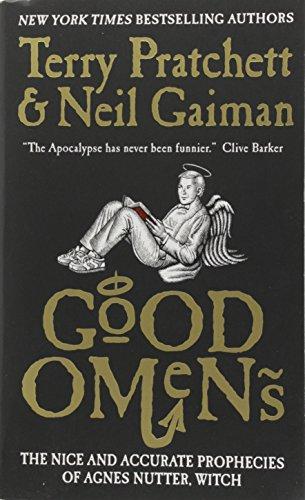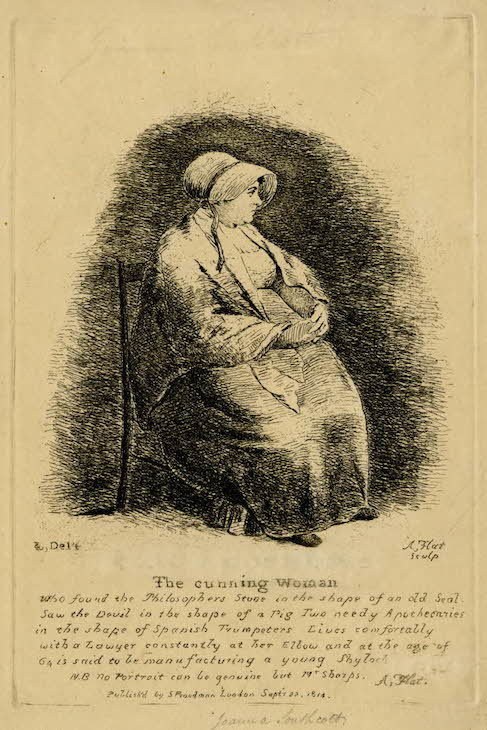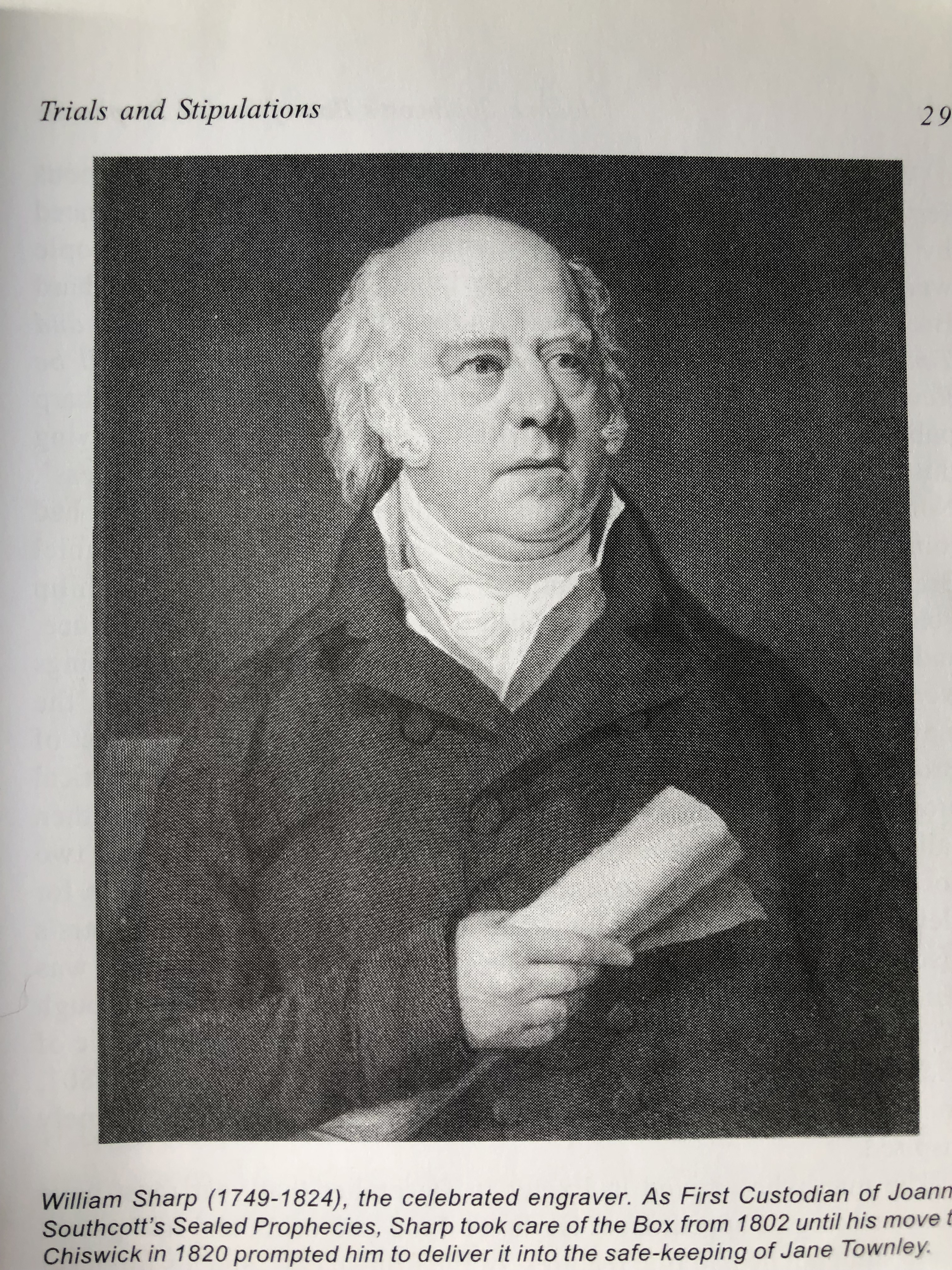This is the Box
Victoria Kahl- Museum Officer Volunteering & Engagement
Joanna Southcott’s sealed box is embedded in popular culture, to a point where people who were not alive during the Panaceans high profile campaign knew the story, and it still resonates today.

Joanna Southcott's Box
My personal favourite reference to Southcott and the Box comes from Terry Pratchett and Neil Gaiman’s novel Good Omens. Part of the story revolves around a set of prophecies, boxed up and kept safe by multiple custodians over hundreds of years- these prophecies are written by a female prophet who was not taken seriously by many at the time of her writings. Interestingly, the novel is also about the End Times and the coming Apocalypse.

In the 20th Century, many discovered Joanna’s published works through the tireless promotion of Alice Seymour. Seymour was a dedicated Southcottian and produced the regular publication The Express Leaflets centred on Southcott, and also undertook the task of having the ‘65 books’ re-published.
Just as Joanna’s writings had attracted many women in the 19thC, the more modern Southcottians were often disillusioned members of the Church of England, women who felt that they had no power in the Church.

Joanna Southcott, engraved by William Sharp
Joanna Southcott (1750 – 1814) claimed she heard the voice of God, beginning in 1792. She was a prolific prophetess, however her handwriting was indecipherable, so she had all of her work copied out. In the year she first started to be ‘instructed by the Spirit’ she was told she must seal up her writings, binding them in Seven Seals. She also offered ‘Sealing’ to her followers to protect them from harm- a clear parallel to the Panacea Society’s system of ‘Sealed’ members and their Healing ministry too.
Joanna invited a group she named ‘The Seven Stars’, these were seven renowned gentlemen, who had been corresponding with her for some time. The group were invited to her home in Exeter, to inspect her writings and judge her status as a prophet.
Later, when the relevant prophecies had been sealed according to various stipulations, they were placed in one reinforced Box. The very first custodian of this precious object was William Sharp (1749 - 1824). Sharp was a noted engraver, and also known to be an expert swimmer. William was its first custodian, but there were to be many more.

Although the Panacea Society had campaigned so visibly for the Box to be opened from the 1920s onward, they actually didn’t come into possession of it until 1957.
References:
Joanna Southcott’s Box of Sealed Prophecies, Frances Brown, 2003
- -Foreword by Dr Rev Jane Shaw
Good Omens, Terry Pratchett and Neil Gaiman, 1990






